Blog
Will we be converting wastewater to potable water? It appears to be a necessity
Several studies have confirmed that the conversion of wastewater to drinking water is safe using current technologies.
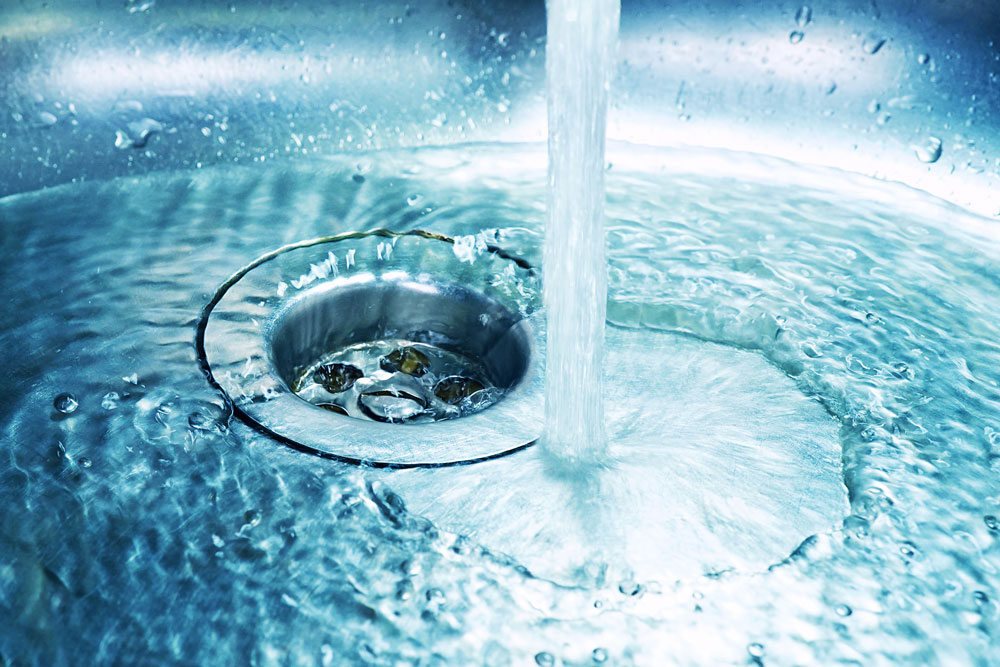
Global climate change and the overwhelming overpopulation of the Earth lead to deficiency of drinking water. The solution can be the recycling of wastewater to drinking water. While research confirms that recycled wastewater is safe, people are quite worried about it.
The lack of hygienic potable water in different areas of the world is a problem that is known worldwide.
Estimates show that 844 million people live without possibility of using safe water and millions of people perish annually as a result of diseases related to non-hygienic water.
They were taking “shower“ under the bucket full of water
But while everyday drama associated with the struggle for survival takes place in the remote locations of the planet, most urban people can not imagine that. However, as a result of global warming and excessive consumption, the shortage of drinking water is also becoming an issue in large cities.
Cape Town, four million inhabitants city in South Africa was at the edge of water supplies in 2018.
The government had to declare the so-called Day Zero, from which stringent regulatory measures aimed at leading the city from the crisis.
Residents have had to stoop and not exceed 50 liters of water per day. In addition, they were looking for other alternatives to save water - for example, they were showering under the bucket full of water and recycled trapped water or water already used by washing machines.
Eventually, at least temporarily, they managed to save them for a terrible disaster. The above-mentioned recycling of used water can be the future of the fight against drinking water shortages.
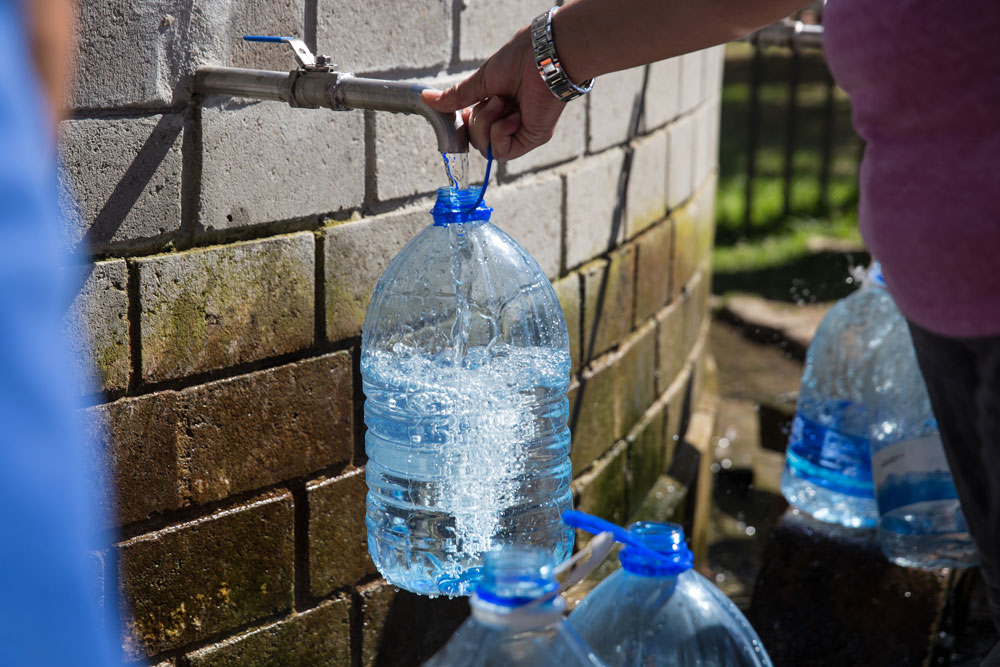
From the toilet to the tap
Cape Town was the world's first metropolis that immediately felt the lack of drinking water. Soon, however, the water crisis may affect several major cities and some of them have begun to prepare for it.
The world begins to talk about the so-called "Toilet to Tap" system. Its principle is recycling and reuse of wastewater. Pilot test project started, for example, in Daytona Beach, Florida.
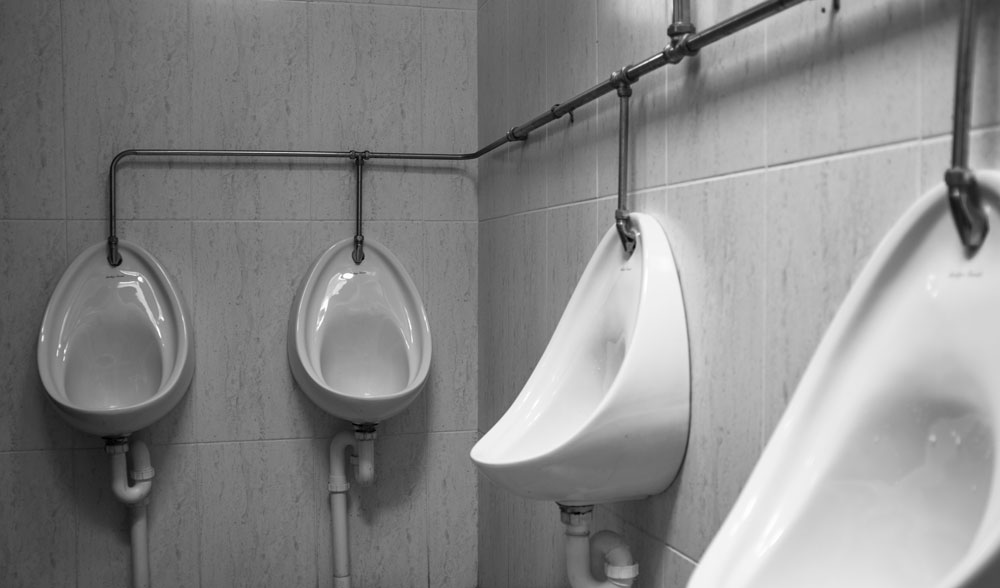
In California, San Diego, however, the plan to drink treated wastewater in the future counts as part of future water management. The city has approved a project that will change wastewater to potable, and in 2035 such water should form a third of urban supplies.
Mayor of San Diego Kevin Faulconer has named the construction of a wastewater treatment plant "as one of the most important projects in the history of urban infrastructure".
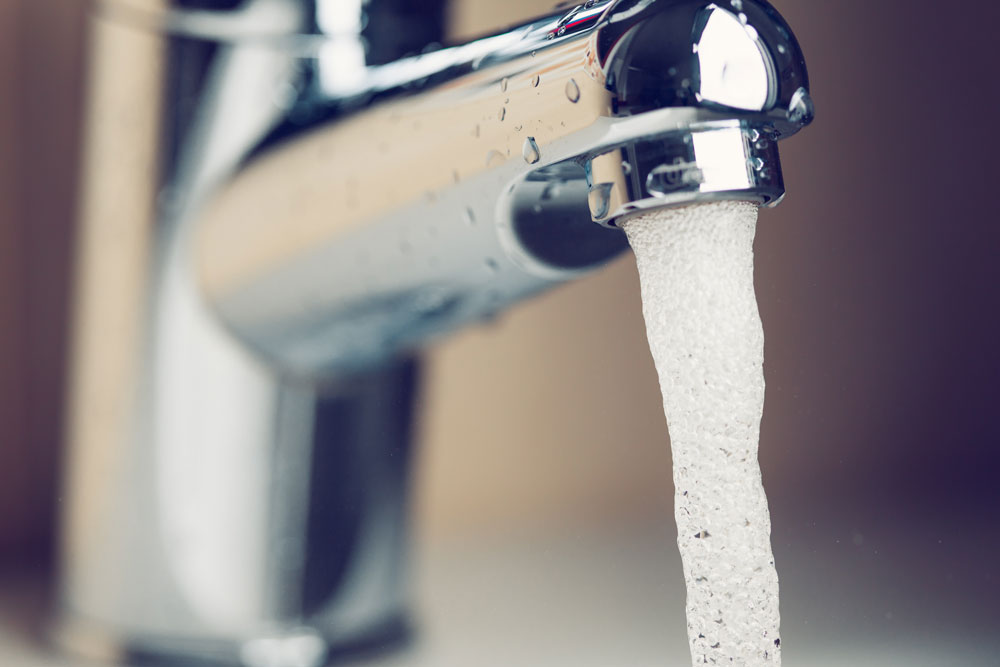
People are afraid
Drinking water, which was originally a sewage, is of course a reason for concerns to people. An example of all is an attempt by the Australian city of Toowoomba in 2006, an article published by the BBC .
The city was tackled by drought and its deputies wanted to introduce the principle of water recycling. However, despite the lack of water, citizens have clearly rejected this option in the referendum - against were 62 percent of voters.
However, many studies have confirmed that the transfer of wastewater to drinking water is safe under current technologies.
"Available technologies can reduce chemicals and microbial contamination to a level comparable to or lower than in many existing drinking water supplies," said according to National Geographic Rhodes Trussel, head of research at the American National Research Council.
Researchers also refer to the fact that recycled water is now commonly used in irrigation or industry. Professor Joseph Delfino of Florida University claims that people drink recycled water also today and there is no need for any technology to be used.
For WJCT he spoke of a common wastewater cycle - first it is thoroughly treated and then re-released into nature.
In some other place, it is captured and treated again and added to the drinking water supply.
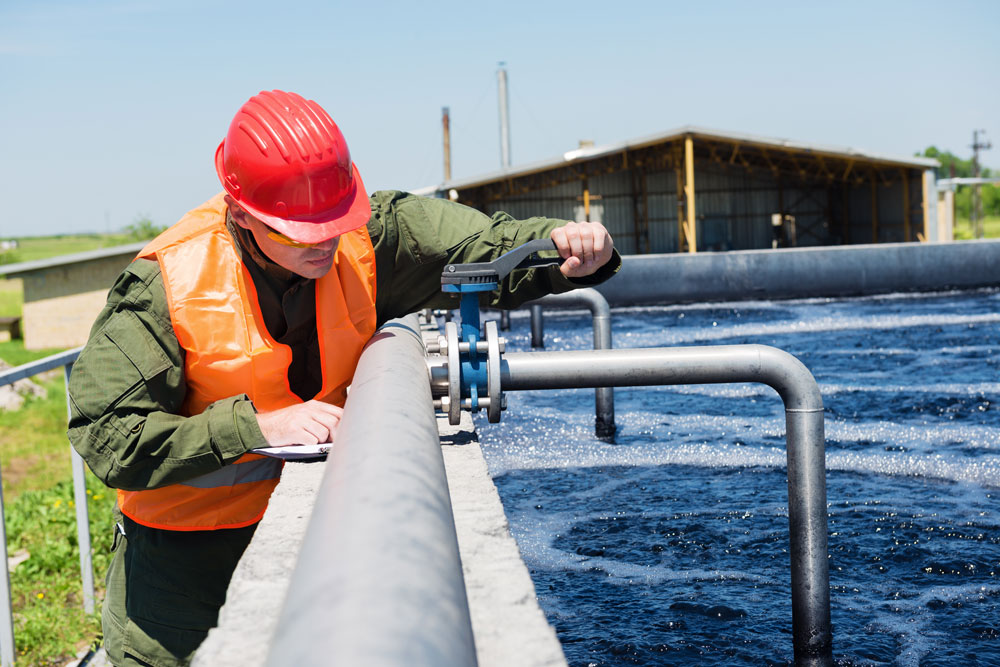
How does it work?
Educating people to drink recycled wastewater will be challenging, but it looks like it will become a necessity in the future, at least in some areas of the world.
And how is the treatment process actually functioning? At first, wastewater undergoes thorough sedimentation of larger particles. Then air is added to it, which stimulates the bacteria to consume all the remaining organic waste and create additional larger particles.
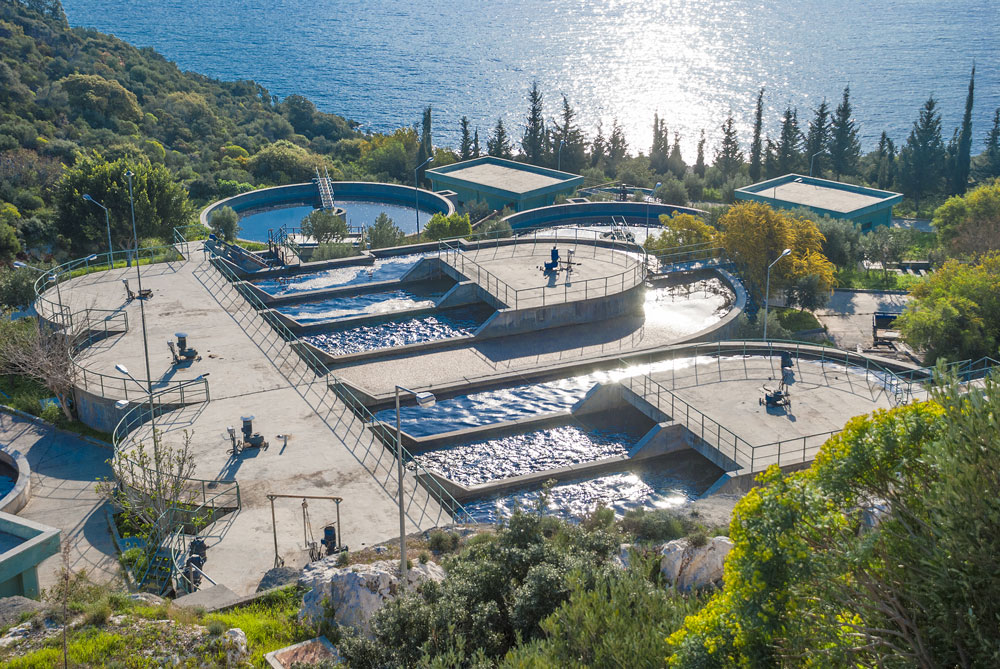
This part of the treatment takes several hours, particles settle down and the water is filtered again. Subsequently, chemical cleaning using chlorine and sodium hypochlorite takes place. Such water is already well-treated and drained back into the soil.
But if it is to become 100% safe drinking water right away, it goes to direct recycling for potable water. This consists of microfiltration, reverse osmosis and ultimate ultraviolet light and hydrogen peroxide purification. These steps eliminate all remaining bacteria and tiny organic impurities.
However, if you would like to learn more about the possibilities of wastewater treatment, please contact our Hydrotech experts. We are available to you. :)
More articles
The 10 cities most likely to run out of drinking water
Deforestation or unnecessary spills are the reason why cities face a serious threat of having no fresh water supplies.
Explosive environments seminar
Creation of an explosive environment is also a threat at wastewater treatment plants. This applies more or less to technologies that use anaerobic...
